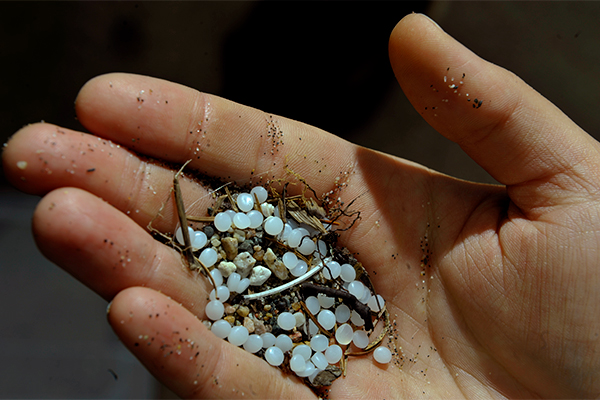
Can you tell the difference between a jellyfish and a plastic bag? A turtle can’t.
Tackling plastic pollution at Parks Canada
Marine debris, including plastic waste, is a serious threat to our oceans, lakes and rivers.
Animals can get tangled in garbage or try to eat it, with deadly consequences. Microplastics (tiny bits of plastic less than 5 millimetres in size) can be consumed by small organisms and spread throughout the food chain.
Like climate change, plastic pollution is a global problem and requires action at all levels.
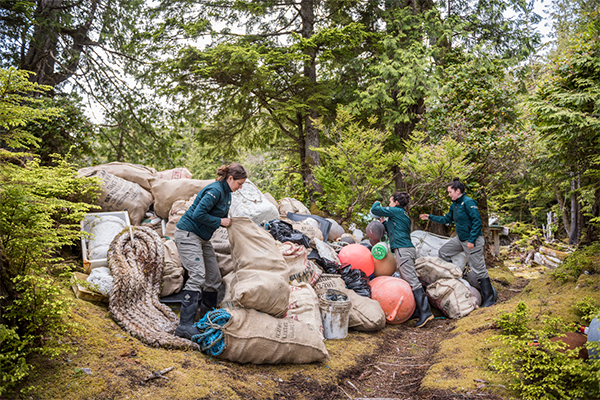
What is plastic pollution?
A significant amount of plastic pollution comes from the items we use, and throw away, every day – plastic bags, beverage bottles, food packaging, etc.
Over 8 million tonnes of plastic flow into the ocean every year. That’s like dumping one garbage truck full of plastic into the ocean every minute.
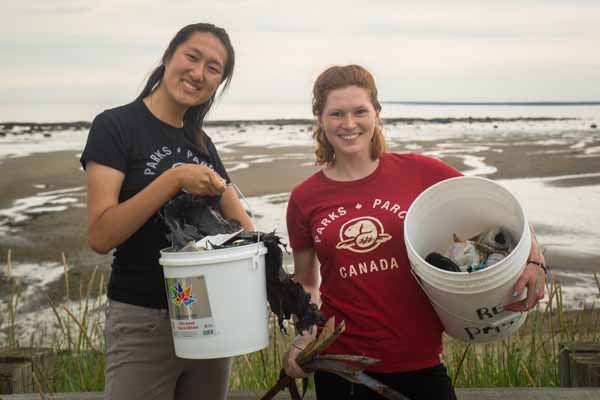
Team up and clean up the shore: pick up your shoreline cleanup kit now
Lead your own shoreline cleanup—any day of the week, spring to fall.
Gather your friends and family and team up and clean up at participating locations!
Note what you collect to become a citizen scientist. Your data will help Parks Canada identify sources of litter and stop them.
Ontario
- Lake Superior National Marine Conservation Area
- Point Pelee National Park
- Rouge National Urban Park
Quebec
Atlantic
- Gros Morne National Park
- Kejimkujik National Park
- Port au Choix National Historic Site
For other cleanup activities, check out the following pages:
Western Canada
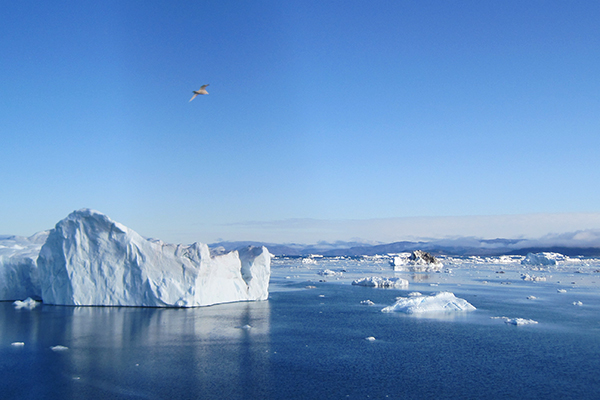
Conserving places
Canada’s goal is to protect 25 per cent of marine and coastal areas by 2025. New National Marine Conservation Areas will help to manage plastic pollution in Canadian waters.
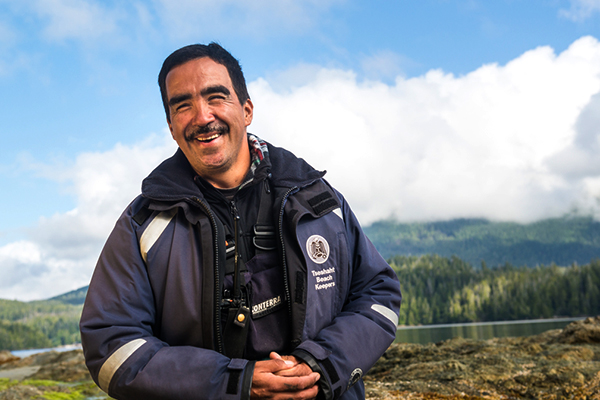
Traditional knowledge and science
Guardian and Watchmen programs support Indigenous land management for several coastal regions.
The five most common items collected in Canada’s shoreline cleanups
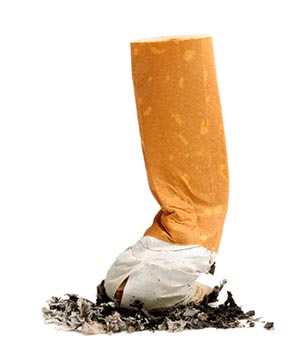
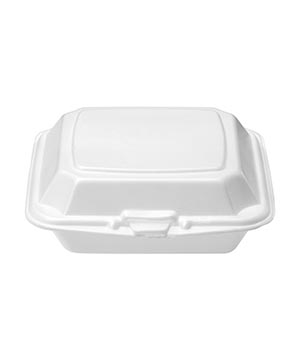
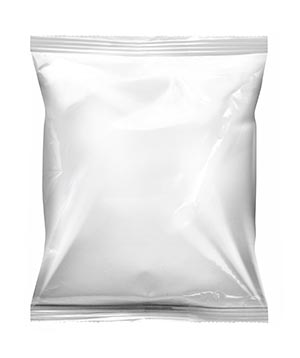


Source: The Great Canadian Shoreline Cleanup 2020
Ways to reduce plastics on your visit:
- Join a shoreline cleanup at one of the national parks, historic sites, marine conservation areas, or national urban park administered by Parks Canada
- Check out reusable products available on Parks Canada Shop
- Take along reusable dishware (including cutlery, water bottles and mugs)
- Buy products that minimize plastic packaging
- Avoid single-use plastics such as plastic bags, coffee cups, drinking straws, stir sticks, etc.
- Dispose of your garbage properly – and recycle any plastic you can
Related links
- Date modified :
